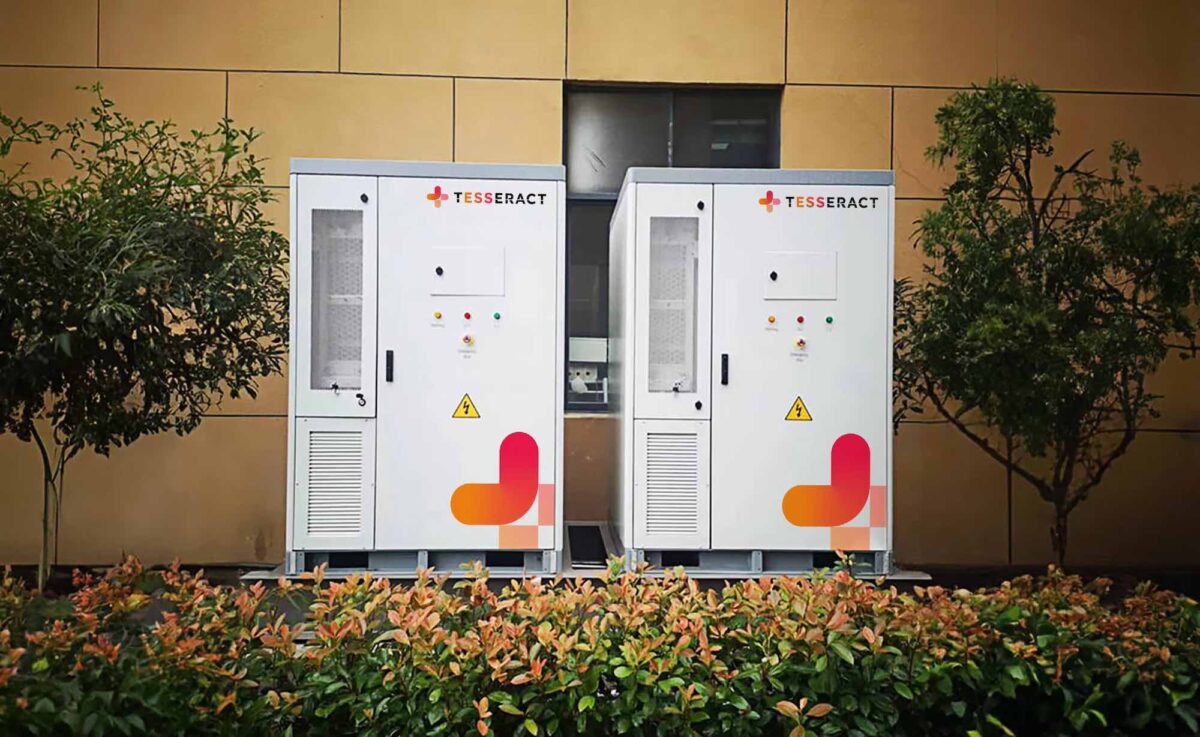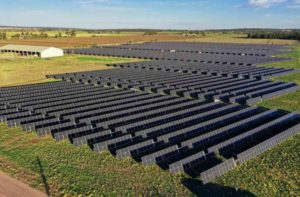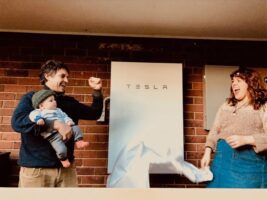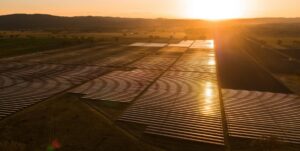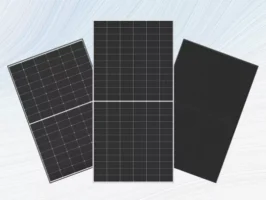A new Adelaide-based company offering solar and battery storage “as a service” for commercial and industrial customers has launched under the leadership of former SwitchDin CEO Andrew Mears.
The company, Tesseract ESS, is a subsidiary of Tesseract Energy, which formed in 2018 as a pioneer of residential power purchase agreements that allow households to install solar and battery storage at zero upfront cost, paying it off through a fixed rate for electricity.
Tesseract ESS will take a similar PPA approach to the commercial and industrial market, called the Unity Energy Plan, essentially offering businesses ranging from factories to farms a reliable, renewable and affordable supply of energy locked in for 10 or 15 years.
“What we do is we, we design, build, install, own and operate solar and battery for commercial and industrial customers,” Mears told Renew Economy this week, in an interview announcing the company’s launch.
“It’s a great deal: Zero cap-ex upfront… a 20 plus per cent reduction on their current [electricity supply] tariffs, and locked in for 10 years or more.”
It’s not a new idea – other businesses like Smart Commercial Solar have been doing a similar thing for some time, now, and with great success. But it is undoubtedly a market with plenty of demand and plenty of room for new and innovative players.
“I guess the differentiator [for Tesseract] is that we’ve got a full tech stack which includes SwitchDin [energy management software], which enables us to not only deliver benefits to the site for the for these assets, but also to generate other value from energy markets.”
That “tech stack” includes modular battery packs put together in collaboration with Chinese outfit, Weiheng, which integrates CATL batteries with control systems, liquid cooling and fire suppression systems, in one box that takes less than a day to be installed.
This promise of quick installation, backed by a locked-in supply of built-for-purpose storage systems, is something else the company is keen to promote.
“It takes 10 to 12 months for a customer to get a battery like what we’re proposing – it takes too long,” Mears says. “A big part of of what we’re doing behind the scenes is to streamline that whole journey.”
Using this modular platform, the company can offer businesses anywhere from 100kW of storage capacity for two hours, up to 2 megawatt (MW) for two hours, and will source another modular battery to fill the 2-5MW gap through a separate partnership that will be announced soon.
Technology aside, there is another differentiator Mears hopes will give the new business a competitive edge – an added extra he likes to call “radical transparency.”
“So, ‘radical transparency’ is our internal catch cry. What that means is that at the very start, we sit down and we do a detailed analysis with [the business], looking at exactly what their requirements are now and into the future.
“We really want to partner with the customer provide them a risk-free energy service.
“So customers don’t have to sweat about what technology to use. They don’t have to get the integrations happening. They don’t have to worry about the energy market trading and optimisation. They don’t have to worry about the ongoing compliance and maintenance. We handle all of that.”
Mears says Tesseract’s Unity Energy Plan won’t suit every C&I business out there, but an initial process of vetting and feasibility assessment will quickly establish if a potential customer fits the bill in terms of load profile, the volume of energy and and their ability to commit to a long-term arrangement.
“In particular, in the agri-foods industry – so regional businesses, food processing, cold storage, dairies, those sorts of businesses … we feel that they’re good candidates for this sort of this sort of venture,” he says.
“They’re also storming ahead with electrification to to get off gas, and they’re storming ahead with net zero.”
As things stand, Tesseract ESS has been working away quietly since May and currently has about 10 pilot projects on the go, the details of which will be revealed as they get deployed and rolled out.
On the financial side of the business equation, Mears and his team are preparing to launch a first investment round for the Unity Growth Fund – an asset backed investment fund which will be deployed in tranches to provide the capital to underpin the Tesseract ESS business model.
“We we have our first fund supporters, but certainly moving forward, this is going to be an opportunity for a range of investors to get involved in driving growth,” he tells Renew Economy.
“And ‘radical transparency’ is not just for the customer,” he adds, “it’s also for the investor.”
“Really, my main KPI as CEO is to move these projects up the bankability scale, because that’s really how we’re going to get impact, by … demonstrating with solid data and experience that these are infrastructure-type investments …[that] should be able to attract the sorts of patient capital that comes from super funds and other infrastructure-type investors.”
Mears, himself, brings a good measure of “bankability” to the new business, having worked in the energy industry for more than 25 years, most recently heading up the highly successful energy software company, SwitchDin.
“SwitchDin grew out of the recognition that distributed [energy] assets were going to play a key part in the future, and a real problem at the time was we need data and control to make that go smoothly and really to empower the consumer… to participate more fully in the market and ensure the safe, reliable operation off the grid.
“And I think that was an amazing journey… And I’ve seen so much progress on the residential side and on the utility side, but I really think that – at the moment – the commercial-industrial segment, that mid-level range, is completely underserved.
“It is probably one of the biggest gaps we have in terms of our energy plan moving forward, and the key barriers go right to the core of business risk,” he tells Renew Economy.
“So it’s that large upfront cost, it’s the ongoing technology and market risk that they face, and … the other key driver is around the ESG compliance and requirements, having data and visibility to really demonstrate that you’re meeting your objectives.”

